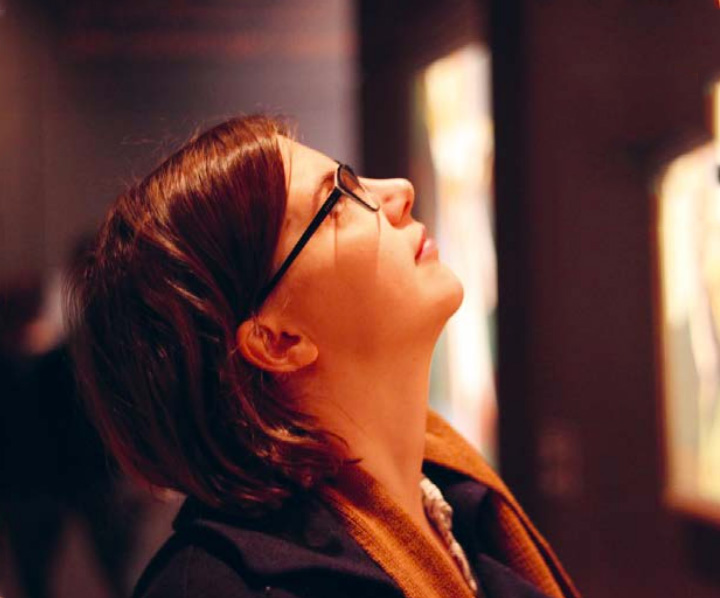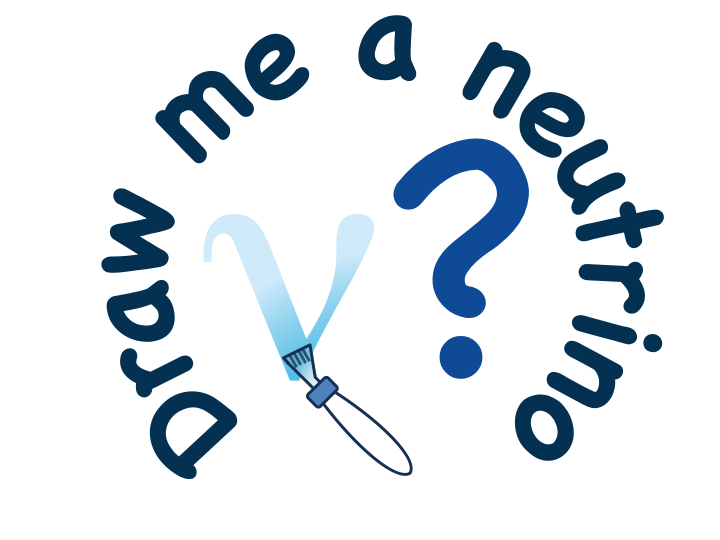Interdisciplinary grant for multi-messenger studies
This article was initially published on Europhysics News 51/3 2020.
Astrophysical neutrino hunter Gwenhaël de Wasseige was awarded a LabEx UnivEarthS grant supporting her research program in multi-messenger astronomy. On request of EPN, she wrote a personal report.

I am a Marie Sklodowska-Curie individual fellow at the AstroParticule et Cosmologie laboratory (APC), Université de Paris. I received my PhD degree in 2018 at the Vrije Universiteit Brussel, working with the IceCube Neutrino Observatory buried in the ice of the South Pole. I then joined the KM3NeT Collaboration that is deploying three neutrino telescopes in the Mediterranean Sea.
What are neutrinos? Tiny neutral elementary particles that only interact weakly with the matter around us. The ones I am interested in have low energies and might be emitted in cataclysmic explosions happening in our Universe. My role is to understand if and how these neutrinos are produced by the astrophysical sources and interpret the multi-messenger signature of the source, i.e. using neutrinos but also using electromagnetic and gravitational waves!
Curious about my daily work?
KM3NeT has originally been built to search for high-energy astrophysical neutrinos with its ARCA site in Italy, and to study neutrino properties, such as mass ordering, with the ORCA detector in deployment offshore Toulon in France. I am working on turning these two detectors into low-energy astrophysical neutrino telescopes. The goal is to improve their sensitivities in the sub-TeV range, expanding the fraction of the astrophysical flux that can be probed with KM3NeT. This requires improving our understanding of the noise produced by the environment that surrounds the KM3NeT sensors, especially the signal created by living organisms in the sea water, developing new trigger algorithms to lower down the energy range in which we are sensitive, and optimizing various statistical approaches to increase the sensitivity to this low-energy signal. I also work on understanding the different sources that may give rise to a sub-TeV flux and evaluate the signal that these sources would produce in neutrino telescopes.
What is a LabEx UnivEarthS grant?
Ten years ago, the French government launched the “Investments for the Future” program aiming to bring the country at the forefront of innovation. The Laboratory of Excellence (LabEx) is part of the program. The aim of the LabEx is, among others, to develop significant research units with international visibility and build an integrated policy research, training and development of high level. The LabEx UnivEarthS is one of the 100 winners of the first wave of the LabEx call and it funds promising projects that gather researchers from several laboratories in Paris, including the APC, where I work. I received a LabEx UnivEarthS exploratory grant to work on low-energy astrophysical neutrinos. The goal is to study GeV neutrino emission from solar flares or gamma-ray bursts, as well as the MeV neutrinos emitted by a galactic core-collapse supernova. As a thankful winner of this grant, I now lead a group of astrophysicists that are expert in these different sources and researchers working on DUNE and DarkSide to study the potential synergies in combining our observations. We want to determine how multi-detector analyses will help us to better understand the astrophysical sources, and the grant allows us to hire interns, organize workshops, invite guests, and travel to conferences.
In addition to research, what do I appreciate in my work?
With no doubt: working on increasing diversity, defending early-career scientists and communicating about science. I feel lucky to be part of the KM3NeT Collaboration for several reasons – one of the most important ones being the active and concrete efforts that aim to increase the diversity within the Collaboration and the scientific community in general. I try to make a contribution through my role as Early-Career Scientist Representative in KM3NeT. It allows me to defend the interest of the younger members within the Institutional Board, help the integration of new comers through a mentoring program, and collaborate with the Equality, Diversity and Inclusion committee of KM3NeT to welcome everyone within our collaboration.
I am also heavily involved in communicating science to diverse audiences. In addition to giving presentations and developing hands-on activities, I love building up large-scale contests. The latest one? Draw-me a neutrino! The participants have to draw their personal representation of a neutrino based on the information we provide on our website. Tempted to learn more about neutrinos and how KM3NeT detect them, while freeing your inner artist? The deadline for submission is June 30th!

Which advices would I give to young researchers?
Collaboration is the key. I am convinced that we can achieve more by working in a group with different skills than one can do alone. Don’t be afraid to let your research project evolving off the beaten track. Interesting results may be waiting for you where no one else looked up yet!
Gwenhaël de Wasseige, with a very thankful note to Rasa Muller for precious editing advices.
